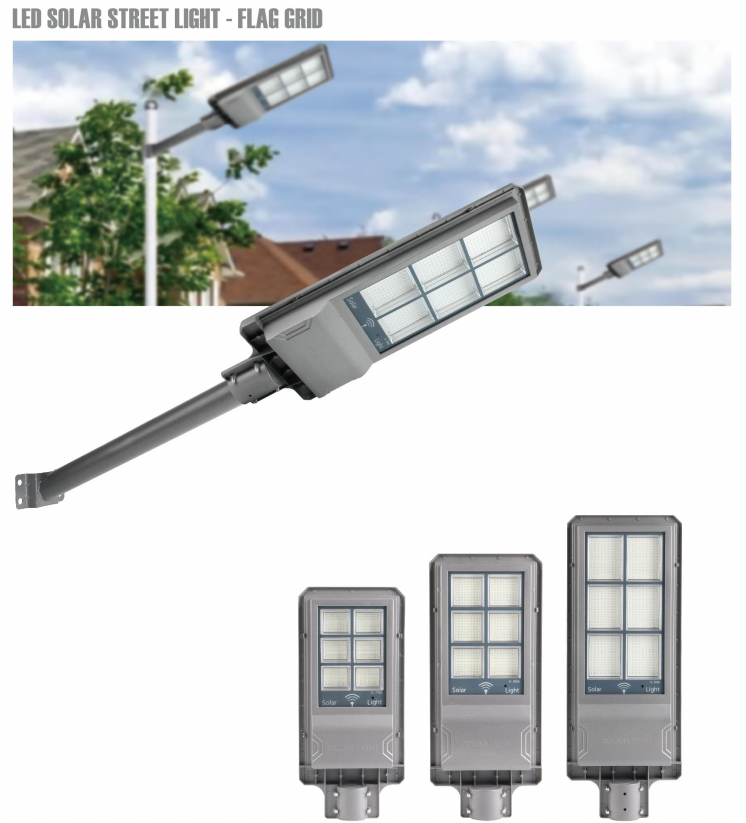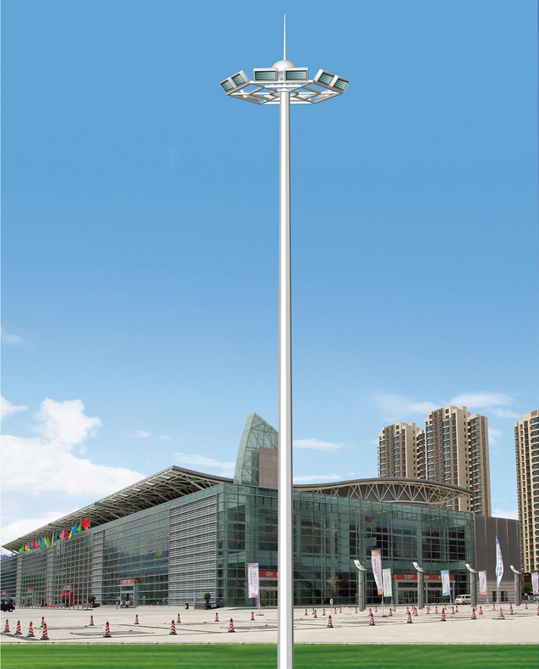How to install and use truck tarpaulin correctly?
Proper installation and use of truck tarpaulins are key to ensuring safe transportation of goods. The following are specific operating guidelines and precautions:
1、 Preparation work before installation
Check the integrity of the tarpaulin
Check whether the tarpaulin is damaged, cracked, perforated, or worn on the edges, especially whether the waterproof coating is intact, to avoid water leakage during transportation.
Confirm that the tarpaulin accessories (such as buckles, ropes, buckles, etc.) are complete and secure.
Measure the dimensions of the carriage and cargo
Ensure that the size of the tarpaulin is sufficient to cover the goods, and reserve at least 30 centimeters at the edge for fixing (the margin needs to be adjusted for different vehicle models).
For irregular goods (such as ultra-high and ultra wide), it is necessary to plan the coverage sequence in advance and prioritize protecting the top and sides.
Clean the surface of the carriage
Remove sharp objects (such as screws and iron filings) from the carriage to avoid puncturing the tarpaulin; If transporting goods with sharp edges (such as steel), cushioning materials (such as waste tires, blankets) can be placed between the goods and the tarpaulin.
2、 Installation steps and techniques
1. Flat coverage method (applicable to flatbed and convertible cars)
Step 1: Locate the tarpaulin
Lay the tarpaulin flat on top of the goods, ensuring center alignment and even sagging on all four sides.
Step 2: Secure the top
Starting from the front end of the carriage, use ropes or buckles to secure the edge of the tarpaulin to the hook at the front end of the carriage, ensuring it is tight and wrinkle free.
If the goods are high, a horizontal rope can be added in the center of the top to prevent the tarpaulin from being blown up by the wind.
Step 3: Fix the side and bottom
Along both sides of the carriage, tie ropes in a zigzag pattern every 50-100 centimeters, tighten and secure the tarpaulin to the side hooks or railings.
The bottom edge can be tightened in the opposite direction through the fixing ring or trailer hook at the bottom of the carriage to prevent the tarpaulin from tipping over and leaking air.
Step 4: Handle the tail
The tail canopy should be overlapped and fixed with buckles or ropes to ensure a tight closure (a tail curtain can be added to enhance protection).
2. Package coverage method (applicable to irregular goods)
Starting from one side of the goods, wrap the tarpaulin upwards around the top of the goods, and then extend it to cover the other side, ensuring that the seams overlap by 15-20 centimeters.
Key reinforcement of raised or angular areas can be achieved by using small pieces of tarpaulin for local protection, and then tying them separately with ropes.
3. Multi layer covering method (inclement weather or valuable goods)
The bottom layer is covered with breathable tarpaulin (such as canvas), and the top layer is stacked with waterproof tarpaulin (such as PVC or knife scratch cloth), with an air layer reserved between the two layers to reduce water vapor condensation.
Arrange the seams in a staggered manner to prevent rainwater from seeping into the gaps.
3、 Fixed method and precautions
1. Rope fixation (most commonly used)
Material selection: Prioritize using nylon rope or polypropylene rope (wear-resistant, stretch resistant), and avoid using hemp rope that is prone to corrosion.
Binding technique:
Use the "cross cross method" or "pig hoof buckle" to fix, ensuring that each fixed point is evenly stressed.
Moderate tightness of the rope: If it is too loose, it is easy to be blown away by the wind, and if it is too tight, it may break the buckle or tear the tarpaulin.
Special scenario: During high-speed driving or long-distance transportation, add a reinforcing rope every 2 meters, with a focus on reinforcing the top and middle of the side.
2. Buckle and pressure strip fixation
Buckle fixation: Metal buckles are suitable for high-frequency use scenarios, and it is necessary to ensure that the buckle is tightly engaged with the edge of the carriage, with a spacing of no more than 30 centimeters.
Pressing strip fixation: Wooden or metal pressing strips should be evenly distributed along the edge of the carriage, and when fixing with screws, avoid penetrating the tarpaulin (gaskets can be added to prevent leakage).
3. Other auxiliary tools
Windproof net: Install a windproof net on the outside of the tarpaulin to reduce wind resistance during high-speed driving, especially suitable for light throwing of goods such as cotton and waste paper.
Sandbag or counterweight: For temporarily parked trucks, sandbags can be placed at the edge of the tarpaulin to prevent them from being lifted by strong winds.
4、 Precautions during use
Pre driving inspection
Before starting the vehicle, check the tarpaulin for flatness, secure fixation, and any signs of looseness or displacement around the vehicle.
When transporting on rainy days, pay attention to checking whether there is water accumulation at the top joint and adjust the slope of the tarpaulin in a timely manner for drainage.
Observation while driving
In case of strong wind and rainstorm, slow down and drive into the service area as soon as possible to check the tarpaulin and re reinforce the loose parts.
Avoid sudden braking or sharp turns to prevent the tarpaulin from tearing due to cargo displacement.
Handling after unloading
Gently pull and tug during unloading to avoid sharp tools cutting the tarpaulin; If the tarpaulin adheres to the goods (such as frozen goods), it should be carefully separated.
Timely clean the stains (such as mud and oil) on the tarpaulin to avoid long-term residual corrosion of the material.
5、 Maintenance and storage recommendations
regular cleaning
Rinse the surface of the tarpaulin with clean water. Stubborn stains can be wiped with a neutral detergent (such as dishwashing detergent), avoiding the use of strong acid/alkali cleaners.
Canvas material needs to be waxed once a year to enhance its waterproof performance; PVC tarpaulin should avoid contact with organic solvents such as engine oil and gasoline.
Dry storage
After cleaning, be sure to thoroughly air dry before folding to avoid mold growth or coating peeling caused by moisture.
Store in a dry and ventilated place, away from sources of fire and sharp objects, and wrap with plastic sheeting to prevent dust.
Regular maintenance
Every month, check whether the edge buckle of the tarpaulin is secure, whether the stitching is cracked, and promptly repair small damages (using tarpaulin repair tape or special glue).
6、 Special scenario response
High temperature transportation: When transporting food or flammable materials, use flame-retardant silicone tarpaulin to avoid direct sunlight that may cause the goods to deteriorate or self ignite.
Low temperature environment: PVC tarpaulin is prone to hardening and brittleness below -15 ℃, and it is necessary to use cold resistant canvas or knife scraping cloth instead. When fixing, avoid pulling hard.
Cross border transportation: According to destination regulations, some countries require tarpaulins to be prominently colored (such as orange) or printed with warning signs, which need to be confirmed in advance.
Correctly installing and using truck tarpaulins can not only protect the safety of goods, but also extend the service life of the tarpaulins. In practical operation, flexible adjustments should be made based on the characteristics of the goods and the transportation environment to ensure that there are no dead corners in the entire protection process.










Please first Loginlater ~